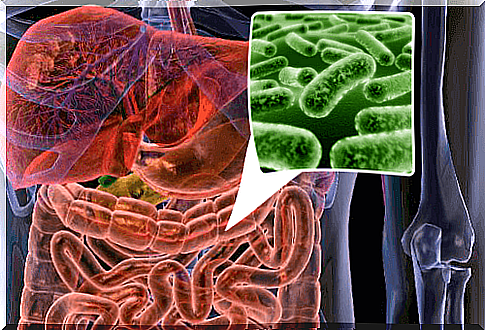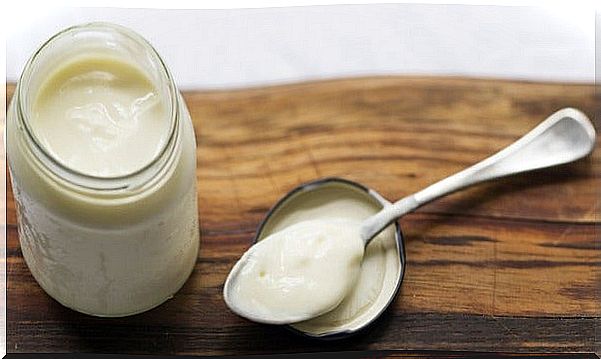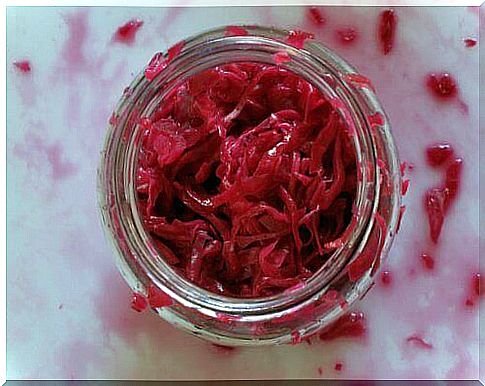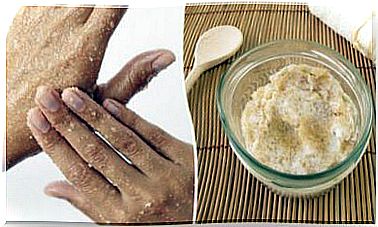Intestinal Bacterial Strain – 5 Caring Foods

A poorly functioning bowel allows you to hear yourself quickly: constipation, diarrhea, stomach pains and other bowel problems can interfere with normal life to a great extent. When the gut is not working properly, the absorption of nutrients can be blocked and toxins accumulate in the body. In this article, we will give you instructions on how to consume foods that will keep your intestinal bacterial population healthy and fit, as well as promote intestinal function.
Intestinal bacterial strain and probiotics
Probiotics, or lactic acid bacteria, are live bacteria found in a variety of foods, such as yogurt. Probiotics are created as a natural by-product of the fermentation process.
These microorganisms enhance resistance and help the intestinal bacterial population return to normal levels. Intestinal bacterial loss can be caused by the use of antibiotics, poor diet, and intestinal dysfunction.
By taking probiotics every day, you can relieve e.g. the following health problems:
- Constipation
- Flatulence
- Swelling after eating
- Chrohn’s disease
- IBS, or irritable bowel syndrome
1. Yogurt
Yogurt is a healthy food that can be easily combined with different meals and with different foods. Yogurt can be enjoyed as a snack or for breakfast, and is perfect for sauces, soups and casseroles. Yogurt can also be made at home all by yourself and the process is surprisingly easy. By making yogurt yourself, you avoid the additives, sugar, and other ingredients that are added to commercial yogurts.
Making yogurt with your own hands is easy, and no special equipment or hardware is needed to make it. All you have to do is mix a couple of gallons of milk and a few desi of yogurt; after fermentation, the milk has turned into yogurt, and you surprisingly have a couple of gallons of yogurt to use. When you make yogurt yourself, you make sure it is fresh and contains only the ingredients you want – while saving you money.

2. Kefir
Kefir is a fermented milk beverage that originates in Eastern Europe. It is like yogurt, but more fluid and is even more effective than yogurt in balancing the intestinal bacterial population. Kefir contains less lactose and more live bacteria than yogurt. Kefir tastes slightly sour, but can be sweetened with honey or agave.
If you want to make your own kefir, you will first need this live mushroom, which is then placed in a container along with cow’s, goat’s or sheep’s milk. After 24-48 hours, the milk can be strained and enjoyed. The drink can be stored in the refrigerator as long as you return the sponge to the container for storage. It is good to keep in mind that while some people are unable to digest lactose, they can enjoy fermented dairy products.

3. Sauerkraut
Sauerkraut is a familiar food, especially for Germans and Poles, and is served with meat and fish to improve digestion.
Sauerkraut is made by fermenting cabbage leaves in salt and water. Eating sauerkraut balances the intestinal bacterial population and adds good bacteria, but only if you know how to choose the right type of sauerkraut. Often, sauerkraut products sold in stores are fermented using alcohol or vinegar – avoid these and look for traditional sauerkraut in your hands or make it yourself.
You can try different cabbage varieties to make perfect sauerkraut. Eating other fermented vegetables is also suitable for intestinal treatment.

4. Fermented pineapple
This delight is native to Central and South America, and it doesn’t require much dexterity to make. The drink can be enjoyed every day on an empty stomach to maximize the effect.
Fermented pineapple is consumed as a drink, it is easy and inexpensive to prepare, and it works real wonders for intestinal function.
Here’s how to make a pineapple drink that treats your intestines:
- You will need a whole, rather large pineapple (or two medium-sized ones). Choose a ripe, juicy and good-looking pineapple that smells mildly sweet.
- Peel a pineapple.
- Cut the fruit flesh into small pieces and fold them into a glass or ceramic container that you can close with an airtight lid.
- Pour two liters of water and five tablespoons of brown sugar or cane sugar into a container.
- Close the lid well and let the mixture stand in a warm place for 48 hours.
- After two days, strain the drink carefully so that there are no pieces of pineapple in the drink. Add another liter of water to the drink and let it stand intact for another 12 hours.
- After 12 hours, add another 750 ml of water and the drink is ready to eat.
- Cool the drink in the refrigerator before eating. This pineapple drink is a refreshing drink especially during the summer.
- Be sure to store the drink in the cold, this will ensure better shelf life.
During fermentation, lactic acid bacteria form in the drink, and if you let it stand without drinking for longer, it turns into alcohol and eventually vinegar. Monitor the condition of the drink during the days of preparation and do not allow it to ferment for too long.









